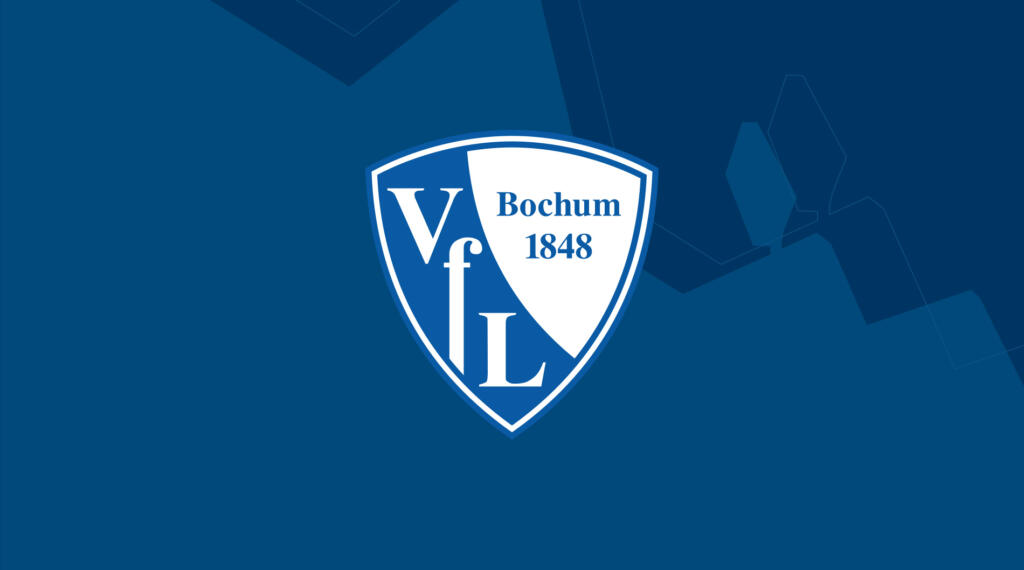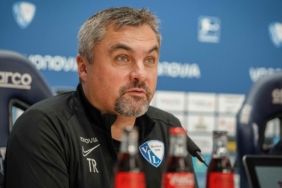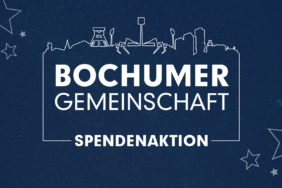Sustainable development at VfL Bochum 1848 is progressing and the cooperation with Bochum University of Applied Sciences is bearing its first fruits. As part of a master’s thesis by Hannes Harthan (now a VfL employee in the Sustainability/CSR department), a so-called “materiality analysis” has been carried out for VfL. Such an analysis identifies the most important sustainability issues in relation to a company’s core business. This then also subsequently serves as the basis for evaluating the corporate sustainability performance. The work was already started in 2021 and completed in the summer of this year. It is based on an elaborate process that not only takes into account the common sustainability standards from reporting, but also involves all of VfL’s stakeholder groups. The focus topics derived from the results are:
“Our first own materiality analysis allows us to be even more focused in our sustainability strategy. It allows us to focus on the issues that are of particular strategic relevance to both us and our stakeholders. At VfL, we can and want to go down the path of sustainable development only as a community,” says Ilja Kaenzig, spokesman for the management.
One measure that can be derived directly from the focus on ecological sustainability is that of drawing up an ecological balance sheet. The first life cycle assessment of VfL Bochum 1848 was prepared by Florian David, also in the form of a master’s thesis, based on the Organisation Environmental Footprint (OEF) developed by the European Commission. The OEF is a measuring instrument for recording the environmental performance of an organisation and differs from other methods in its holistic focus. Thus, in addition to the classic CO2 footprint (climate change), the other impact categories acidification, eutrophication (fresh water), resource use (fossil) and water use were taken into account.
The total amount of greenhouse gas emissions in the 2021/22 season was 3,774,728 kg CO2 equivalents. Specifically, merchandising (37%) and mobility (26%), which includes fan travel to and from the stadium, account for the most greenhouse gas emissions. It should be noted, however, that due to the effects of the Corona pandemic, some of the home matches took place without spectators or with partial admission.
“Thanks to the first-ever life cycle assessment of VfL Bochum 1848, we now have reliable information regarding our environmental impact,” says Matthias Mühlen, Head of Sustainability/ CSR at VfL Bochum 1848. “Now we can derive realistic environmental and climate targets to minimise our environmental impact. Avoiding and reducing emissions are our top priorities. Therefore, we will develop a corresponding reduction path.”
















